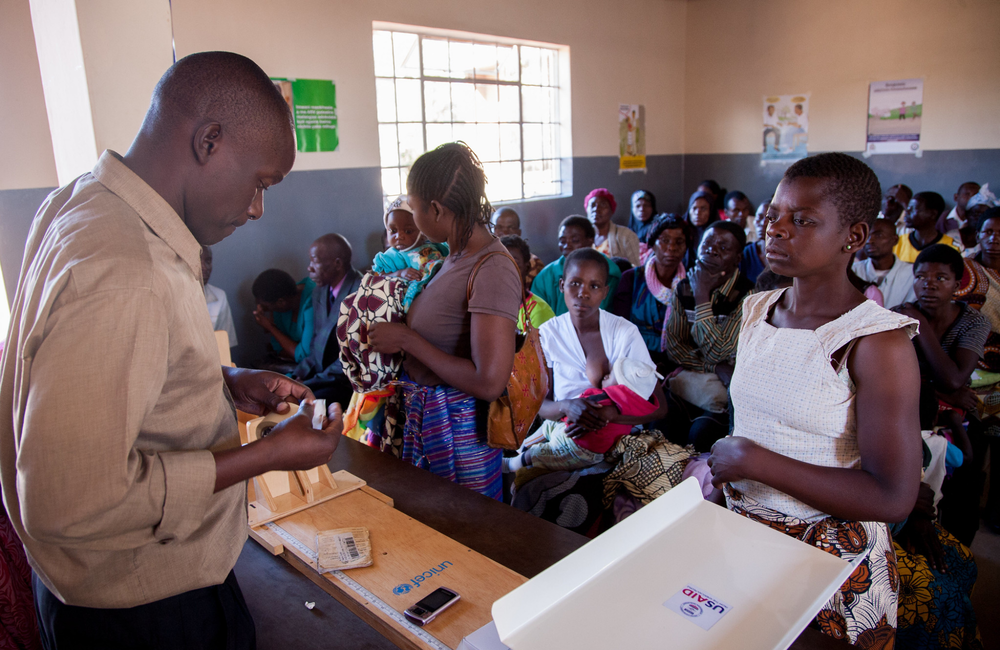
With many HIV treatment programmes in sub-Saharan Africa still expecting new patients to attend a clinic monthly for their first six months of antiretroviral therapy (ART), but persistently high rates of loss to follow-up during this time, research to develop differentiated models of care for the first six-month period is needed, argue Professor Sydney Rosen of Boston University and colleagues in Gates Open Research.
Care during this time should be streamlined and made more patient-friendly, to bring it more in line with innovations that have been introduced at other stages of the HIV care cascade. HIV self-testing, community testing and other programmes have brought testing out of clinical settings. Initiation of ART has been accelerated by programmes allowing treatment to be started within hours or days of diagnosis, as well as at home or in a community setting.
Once patients have been on ART for at least six months and have evidence of viral suppression, medication refills covering three or six months may be available. Moreover, other models of care may be offered, including medication pickup points outside of health facilities, ‘fast-track’ procedures in clinics for patients to obtain refills quickly, and adherence clubs in which groups of people with HIV meet to receive their medication, basic monitoring and adherence support, sometimes in a community setting.
This is often described as ‘differentiated service delivery’, with different models of care provided according to different people’s needs. However, the innovations that have been introduced so far have almost all been for patients who are clinically stable.
During patients’ first six months on ART, most national guidelines still require lengthy visits once a month in which the patient is seen by a clinician and receives a medication refill. This may no longer be appropriate, Rosen and colleagues believe. The highest rates of treatment discontinuation are seen in the first few months, with for example 30% of South African patients being lost to follow-up at six months. In earlier years, many people starting ART needed additional clinical care as they were starting with advanced HIV disease and because of the side effects that many older antiretrovirals caused. Now, patients are generally in better health and ART substitutions are less frequently required. Another reason to avoid multiple clinic visits is COVID-19.
Care during these first months should be differentiated for three major groups of patients:
- People who are clinically well and have never taken ART before.
- People who are clinically well and have previously taken ART, but dropped out of care. The barriers they previously experienced need to be identified and addressed.
- People with advanced disease or a low CD4 count. While they will need additional clinic visits, they may have presented late to care due to various barriers and challenges, so may still benefit from care being as simple as possible.
"Most national guidelines still require lengthy visits once a month in which the patient is seen by a clinician and receives a medication refill."
The article focuses on the research questions that need to be answered in order to develop an appropriate model of care for the first group – people who are clinically well and have never taken ART before.
Research is needed to find out if any routine clinic visits are needed between ART initiation and month six. Medical records for existing patient cohorts could be examined to see how often routine visits identify important issues that require a change in ART regimen or additional support. Similarly, the best time to provide the first viral load test after starting treatment needs to be established. Experts consulted suggest this is likely to be after three or four months, whereas most countries currently wait until six months.
In-person visits with a clinician could be replaced by phone calls or home visits by a community health worker, but the safety of this approach needs to be demonstrated. The main risk to reducing routine clinic visits is that patients who need care do not seek it. To prevent this, programmes need to better understand patients’ reasons for making unscheduled visits and how they can be supported to recognise conditions that require clinical care.
Experts consulted suggested that all patients should have at least one interaction with a health worker during their first month on treatment, both to confirm that they are responding well to treatment and to establish a pathway for communication. Research is needed to identify the groups of patients who would benefit from additional contact and how that should be provided.
Moreover, work is needed to identify the treatment education, adherence support and disclosure support that would help patients at this time.
Rosen S et al. Models of service delivery for optimizing a patient’s first six months on antiretroviral therapy for HIV: an applied research agenda. Gates Open Research 4: 116, 29 July 2020 (open access).
https://doi.org/10.12688/gatesopenres.13159.1
Full image credit: 'Developing Infrastructure to Promote Quality Health Care'. Baylor College of Medicine Children's Foundation–Malawi / Robbie Flick. USAID images. Available at www.flickr.com/photos/usaid_images/14742507309/in/photolist-osKcNv under a Creative Commons licence CC BY-NC-ND 2.0. Image is for illustrative purposes only.
